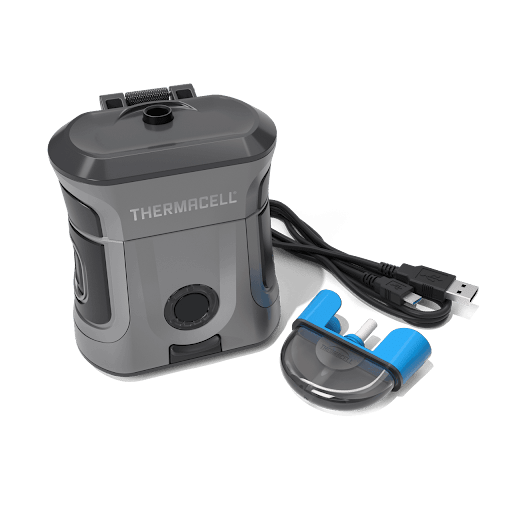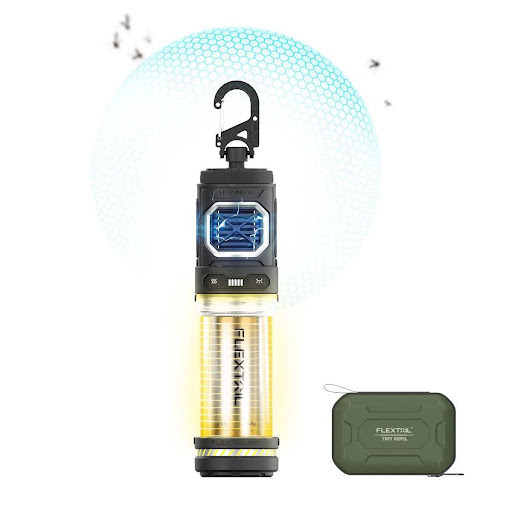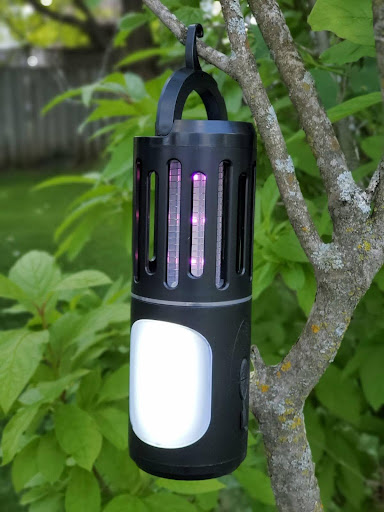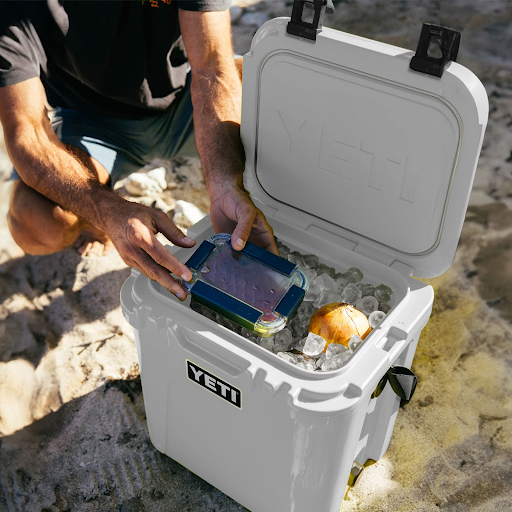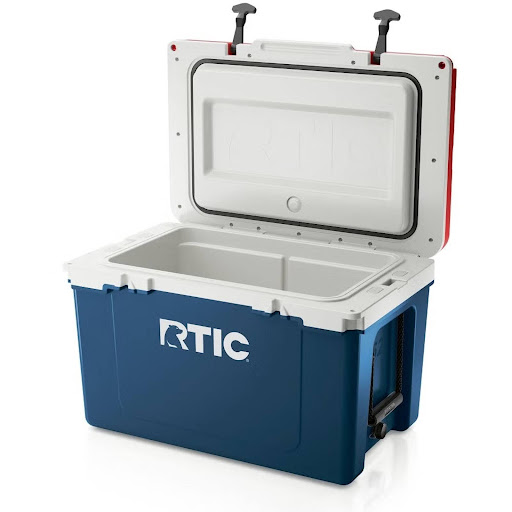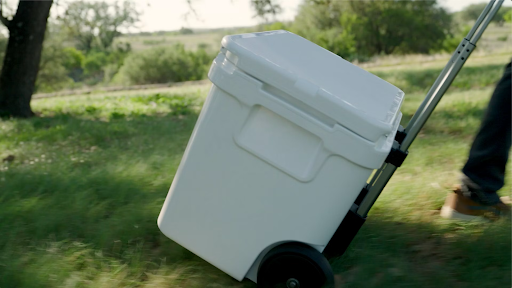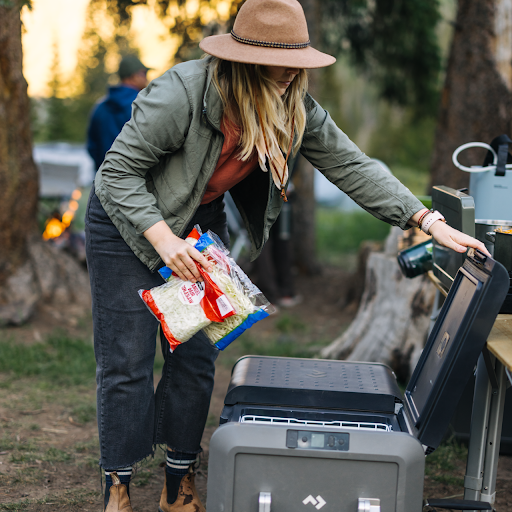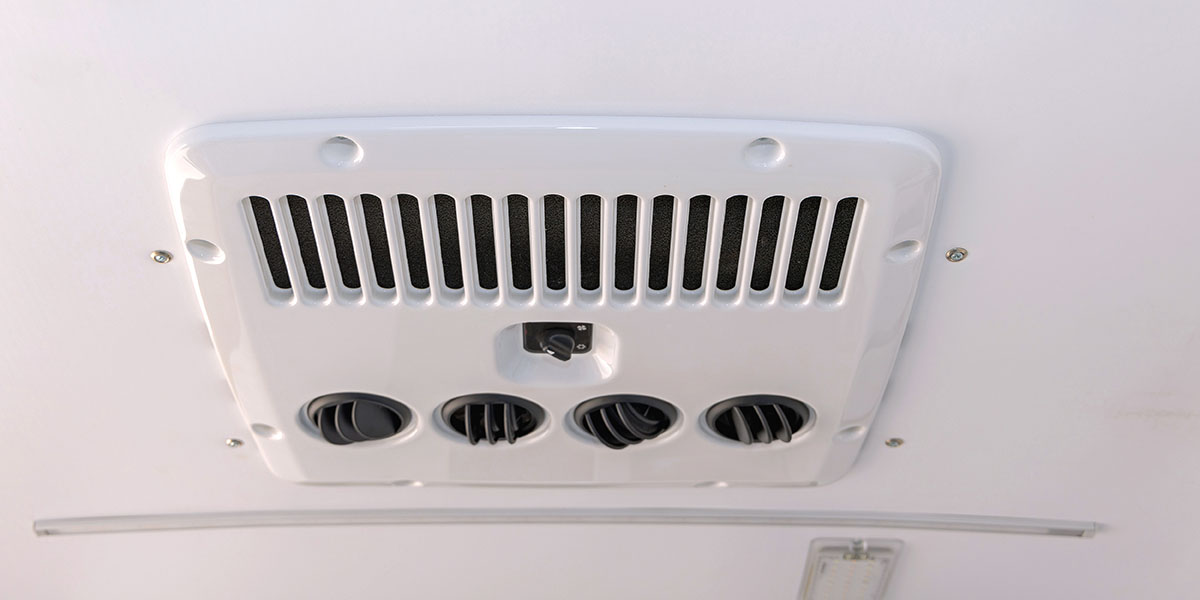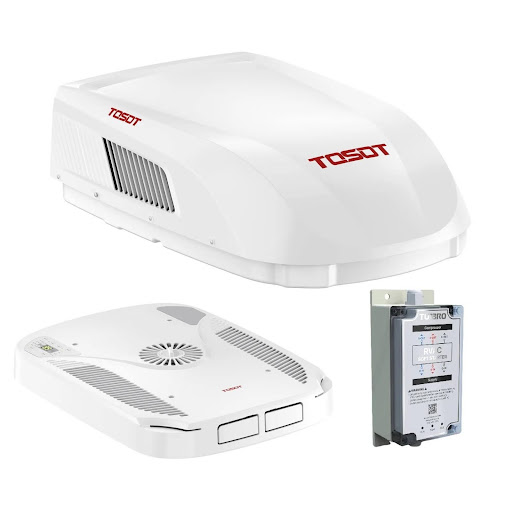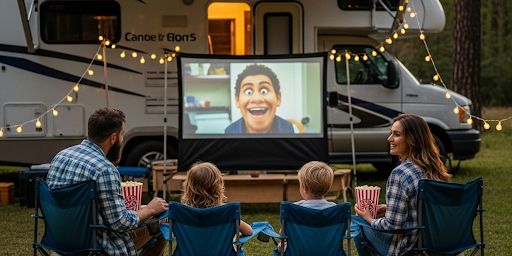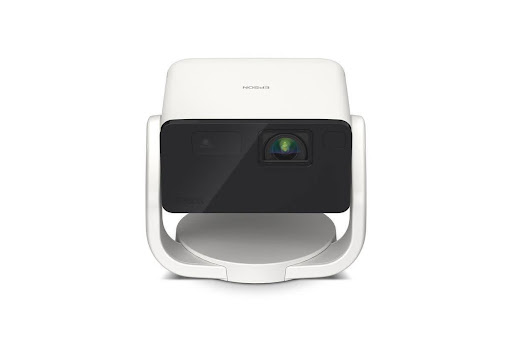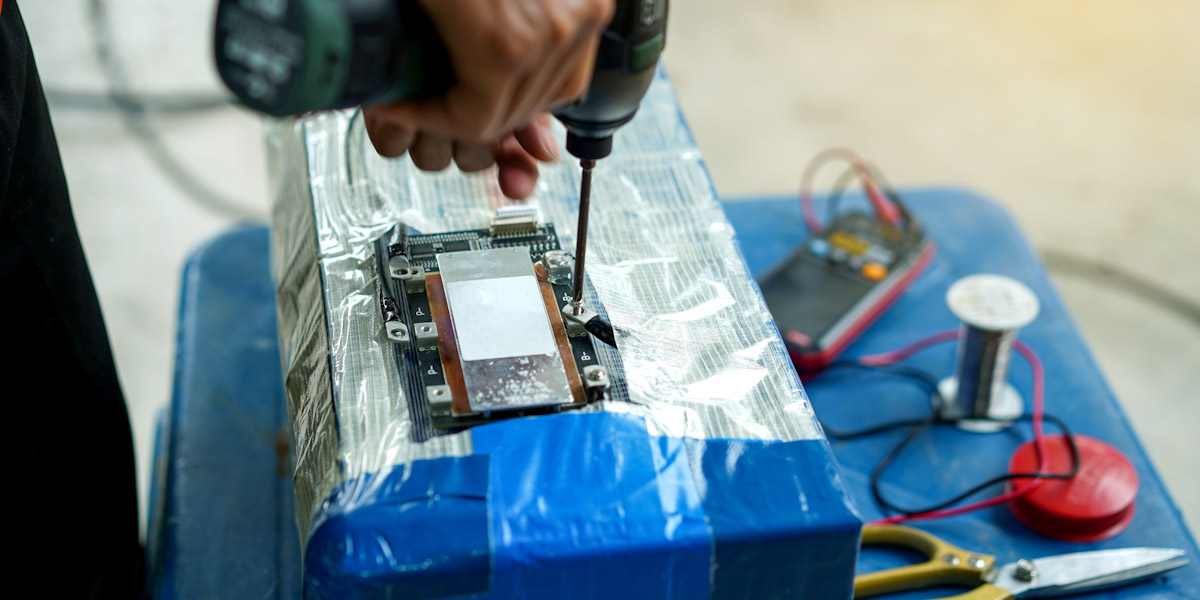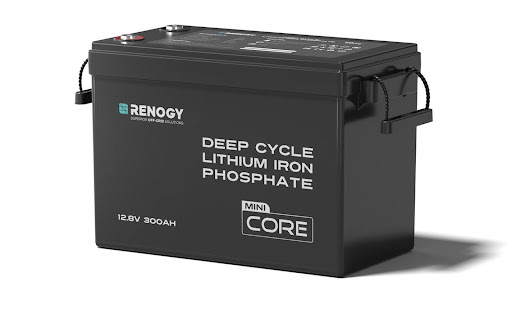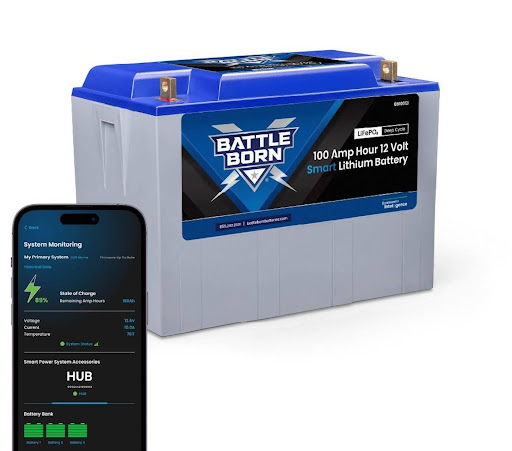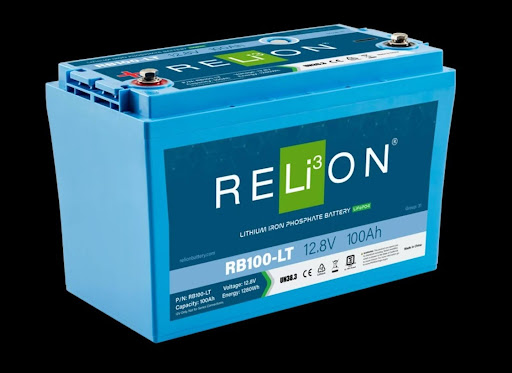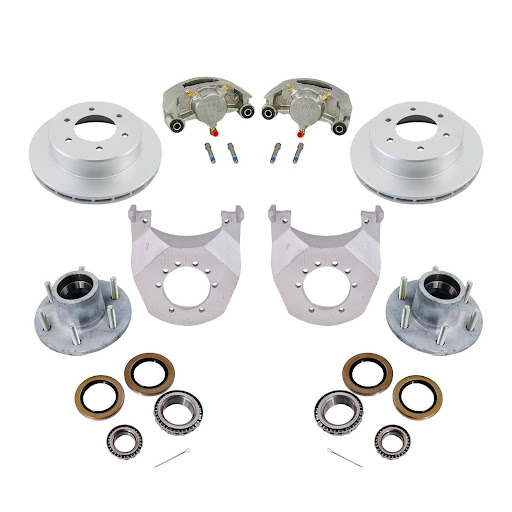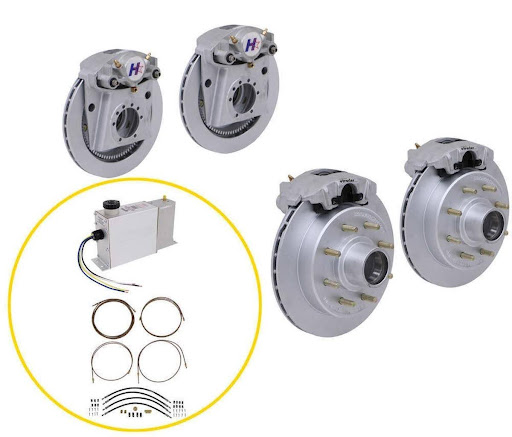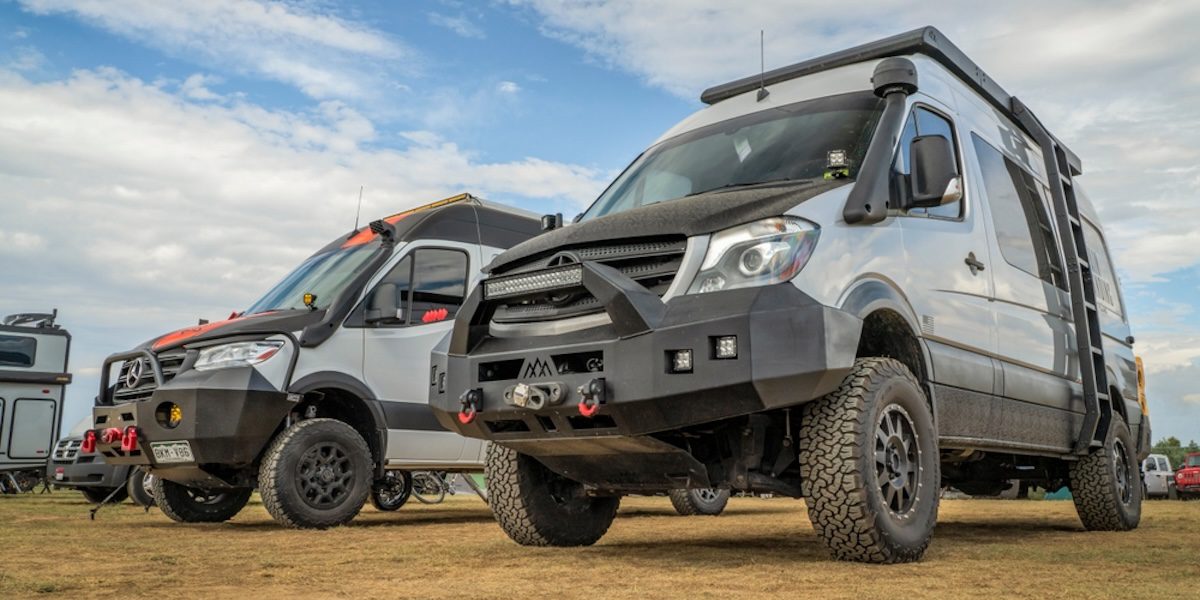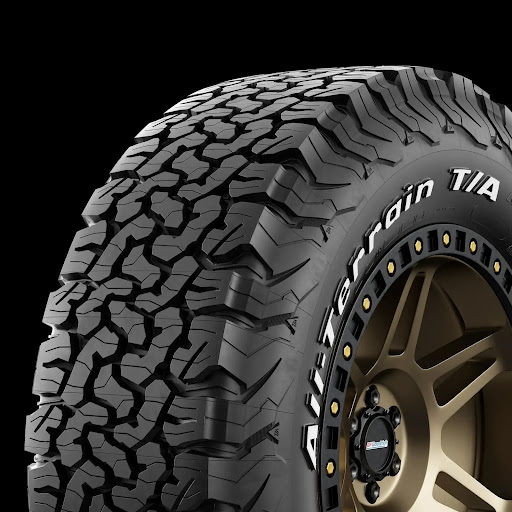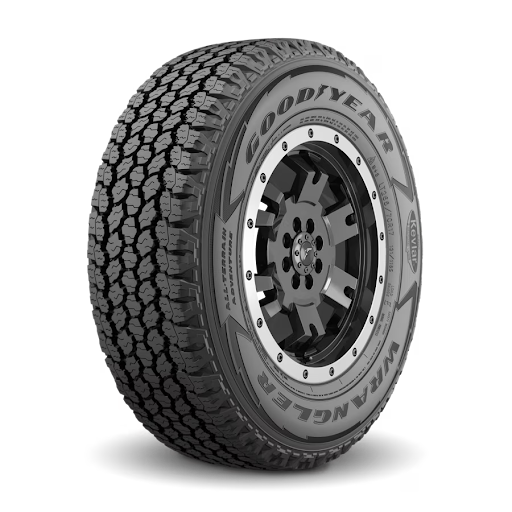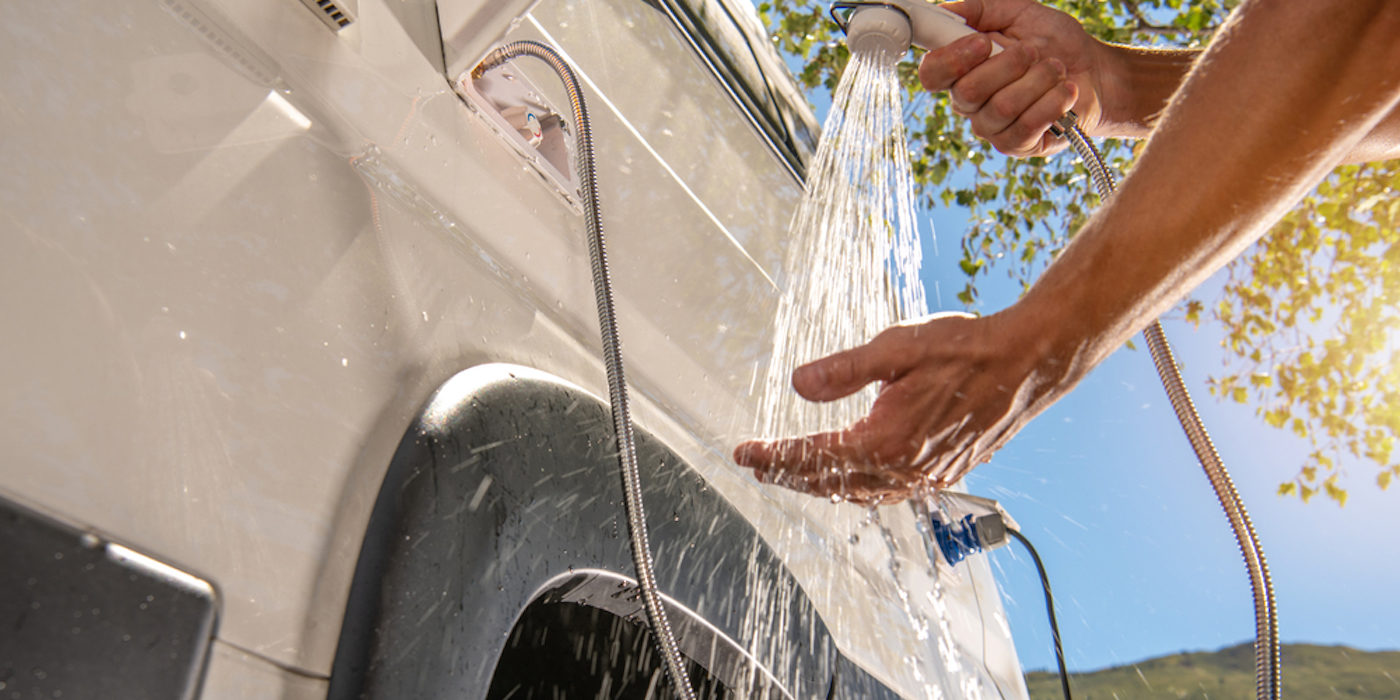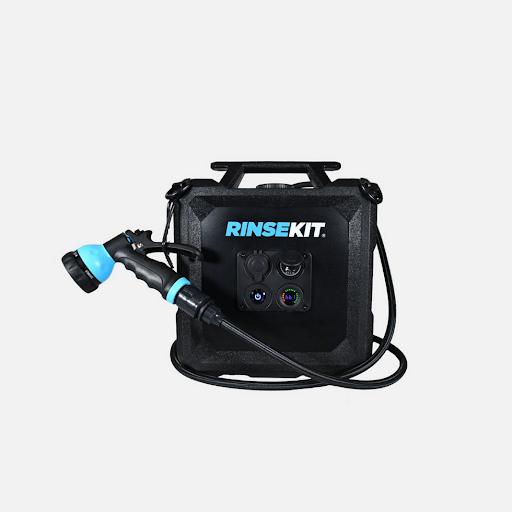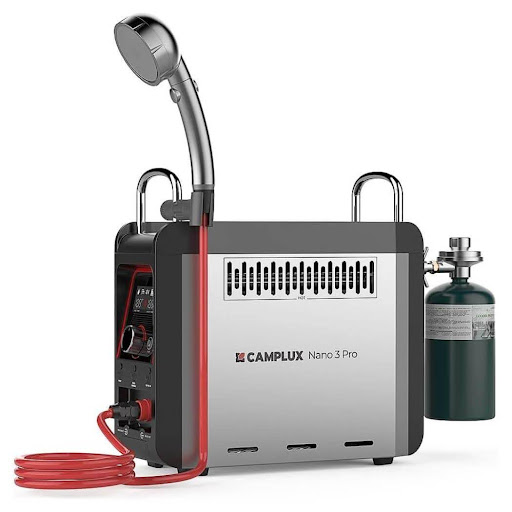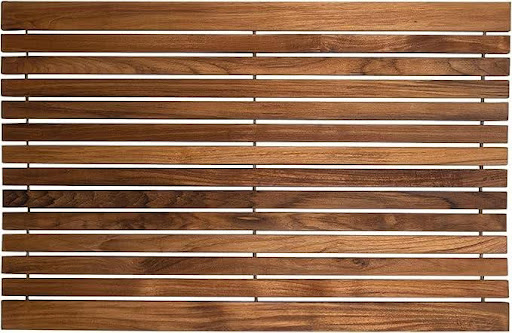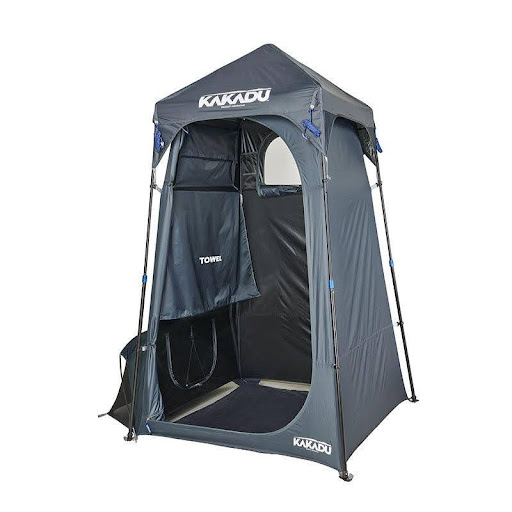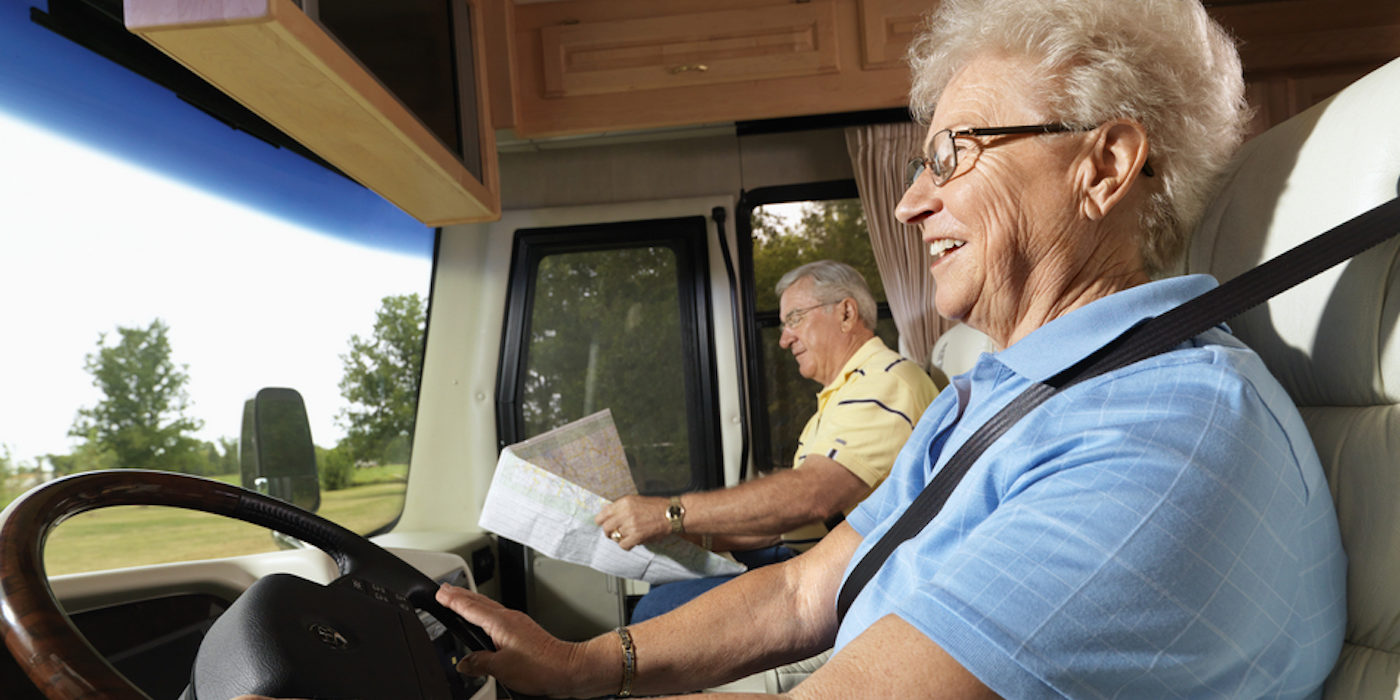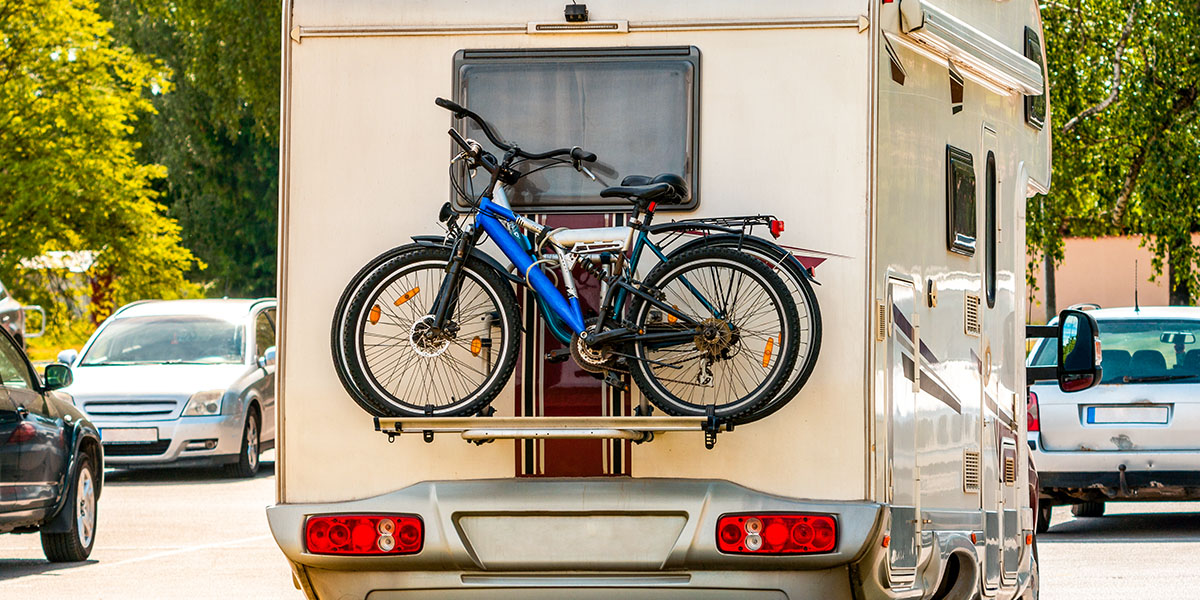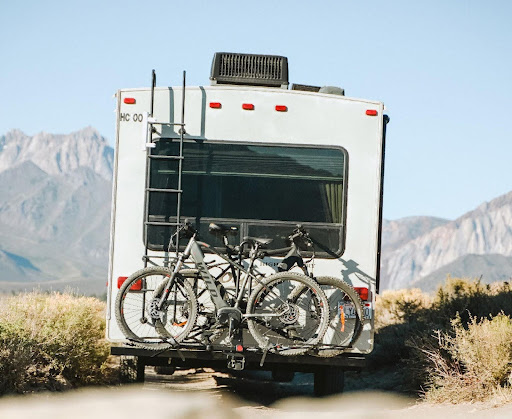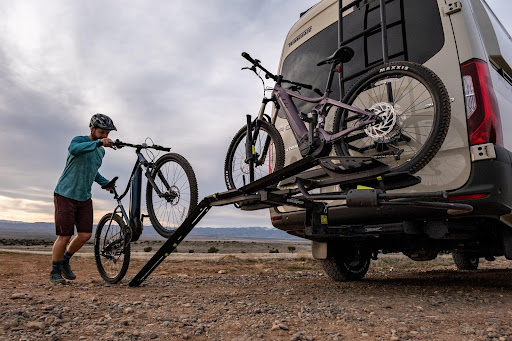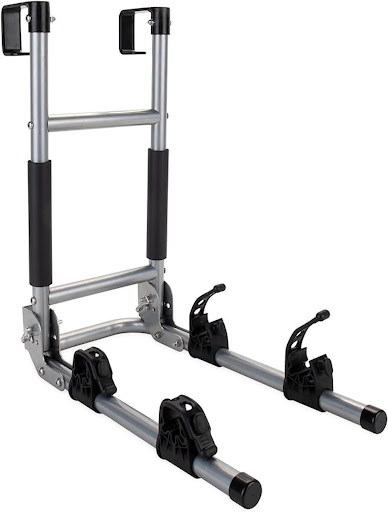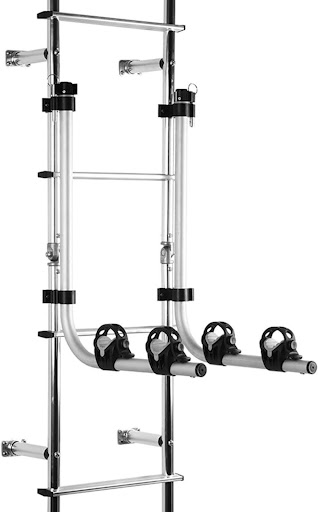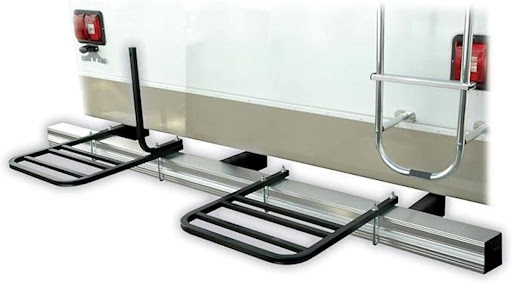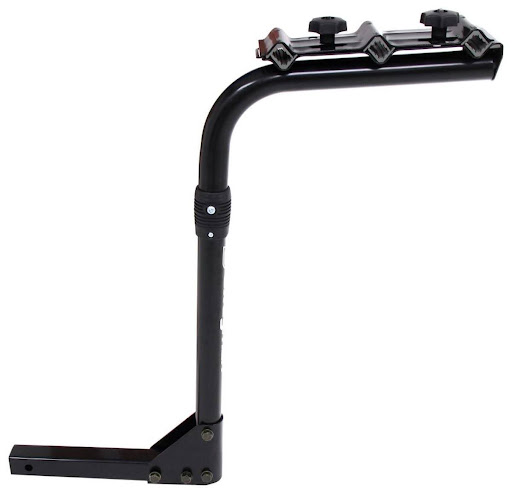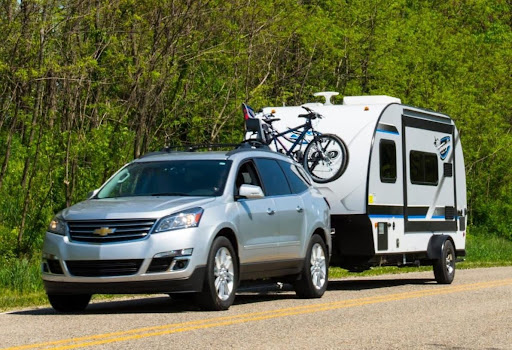Mosquitos have been the bane of outdoor life since the dawn of time. After all, nothing ruins an otherwise perfect summer evening like an onslaught of hungry mosquitoes. (Not to mention the itch reminders they leave behind on unwitting victims.) Ugh. It’s no wonder we are constantly developing new and improved ways to keep the voracious little bloodsuckers at bay. And for anyone shopping mosquito repellant for RVs, that at least is very good news.
Increasingly, mosquito repellant is changing the game when it comes to campsite pet control for RVs. Really, there are so many now, the question is which ones are the best. In this article, we’ll take a look at some of the most effective mosquito repellent devices currently available.
Why Consider A Mobile Mosquito Repellent Device
Traditional bug sprays, lotions, and citronella candles all have their place, but they come with downsides. Sticky residue. Strong smells. Limited coverage. Mosquito repellent devices on the other hand offer a modern solution: compact, chemical-free (or low-chemical) options that create an invisible shield against biting insects.
The most effective mobile mosquito repellent devices have a small element that heats a repellent-infused pad. The result is an odorless, 15-30 foot mosquito-free zone that surrounds the device. Anyone hanging out in this zone is unlikely to be bothered by mosquitos. Some of these devices can be clipped onto a belt or backpack, while others are intended for patio use. These devices are designed to travel with you, working wherever you go — without the chemical odor and hassle of applying sprays or tending to open flames.
Another effective mosquito device for camping is a small and chemical-free insect zapper. These devices attract and trap mosquitos with UV light technology, and they’re highly effective for keeping campsites free of mosquitos.
Got all that? Alright! Now, let’s take a look at the top mosquito repellant devices for your RV.
Top Mobile Mosquito Repellant Devices for RVs
Thermacell EX90 Rechargeable Mosquito Repeller
The compact, rechargeable Thermacell EX90 portable mosquito repeller is a favorite with reviewers. And not just because it offers highly effective, odorless mosquito control. It’s also because the rugged EX90 is designed to provide nine hours of effective mosquito protection on a single charge.
It’s perfect for camping too. This portable mosquito repellant is rated IP54 waterproof and dustproof. So, it’s not going to quit on you when it’s raining out or if it gets a little muddy. Another neat feature is that Thermacell includes a handy lanyard with the EX90. This gives you the option of making it into a wearable mosquito repellent, so you can take it wherever you go.
Features
- 20 foot repellent zone
- Flameless technology
- 15 minutes to maximum protection
- Can sit on any surface or take it with you on its lanyard
- Rubber over-mold offers easy grip and durability
- Waterproof/dustproof rating IP54 protects against dirt and moisture
- Up to nine hours of protection
- LEDs and audio cues let you know protection level and how much battery life remains
- Powered by a rechargeable lithium-ion battery
- Quick view window lets you see how much repellent remains
- 100 percent repair or refund guarantee
- One 9-hour rechargeable repeller, one 12-hour refill repellent cartridge, USB charging cable, and lanyard with carabiner
Specifications
- Active Ingredient: 5.5 percent Metofluthrin
- Battery Life: 9 hours
- Refill/Cartridge Type
- Weight: 9 ounces
- Dimensions: 2.5 inches (L) x 4 inches (W) x 4.25 inches (H)
- Charging Type: Micro USB
- Price: $49.99 at Thermacell.com
Flextail Tiny Repeller with Camping Lantern
The Flextail Tiny Repeller is a multifunctional portable mosquito repellent that uses two pads for effective mosquito control in a zone of up to 30 feet. Mosquitos don’t get a break with this mobile mosquito repellent because the rechargeable Flextail Tiny Repeller’s burner heats up in just two minutes. ut that’s not all the Tiny Repeller can do.
For one thing, it has two zone settings that allow you to maximize battery life. amping mode offers 10 feet of protection and 10 hours of battery life, whereas its outdoor mode gives you 30 feet of mosquito free area and seven hours of battery life.
Addtionally, the Tiny Repeller also functions as a camping light and/or power bank. This enables you to light the campsite or recharge small electronic devices in an emergency.
Features
- Effectively repels mosquitos and midges
- Lightweight and highly portable
- Integrated camping lantern with four brightness levels
- Uses two mosquito repellent pads to make it twice as effective
- Power bank function for charging electronic devices
- IPX5 waterproof
- 10-30 foot protection zone
- 11 hours of mosquito protection per charge
- Starts repelling mosquitos in just two minutes
- Auto shut-off function to avoid overheating
- Two modes help maximize battery life
- Magnetic mount and integrated hook offer dynamic placement options
- EPA-reviewed for safety and effectiveness
- Comes with storage case, repellent pads, USB-C charging cable, and instruction manual
Specifications
- Active ingredients: 5 mg Prallethrin and 5 mg Meperfluthrin
- Dimensions: 1.4 inches x 1.4 inches x 5.7 inches
- Weight: 5.2 ounces
- Battery Capacity: 4,800 milliampere-hours
- Outdoor mode (30 feet): 329 degrees Fahrenheit for seven hours
- Camping mode (10 feet): 230 degrees Fahrenheit for 10 hours
- Lantern brightness: 50 to 400 Lumens
- Mounting options: Hook and magnet mounts
- Price: $69.98 at Flextail.com
Green Strike 2 in 1 Flashlight And Insect Zapper
Mosquitos are no match for the Green Strike 2 in 1 flashlight and insect zapper. This small, yet mighty portable bug zapper uses UV LED technology to attract and kill mosquitos so they don’t get a chance to bite you. It features durable construction that’s resistant to high temperatures and oil. So, you can use it outdoors or bring it into your RV or tent to annihilate mosquitos while you sleep.
n addition, the Green Strike Insect Zapper is a power miser, using just three watts. That said, it can run six continuous hours on a single charge.
Features
- Multifunctional two-in-one design with an integrated flashlight
- Small, light and rugged to be easy to go anywhere
- Uses a UV LED light to attract and kill mosquitoes and other flying insects, providing efficient insect control.
- Fireproof ABS withstands high temperatures and oil
- Rechargeable lithium battery has a battery life of up to six hours
- Energy efficient
- Chemical-free
Specifications
- Dimensions: 3.1 inches x 3.1 inches x 8.27 inches
- Weight: 0.25 grams
- Price: $25.00 on Green-Strike.com
Final Thoughts on Mosquito Repellant for RVs
Mobile mosquito repellent devices are a smart way to protect your campsite from pesky mosquitos. From thermal barrier devices to small, portable insect zappers, these pest deterrents let you avoid having to apply smelly and sometimes messy repellents to keep the little pests at bay. Whether you’re hitting the trail or relaxing in your backyard hammock, these effective mobile solutions allow you to enjoy the outdoors without being hounded by mosquitos.

